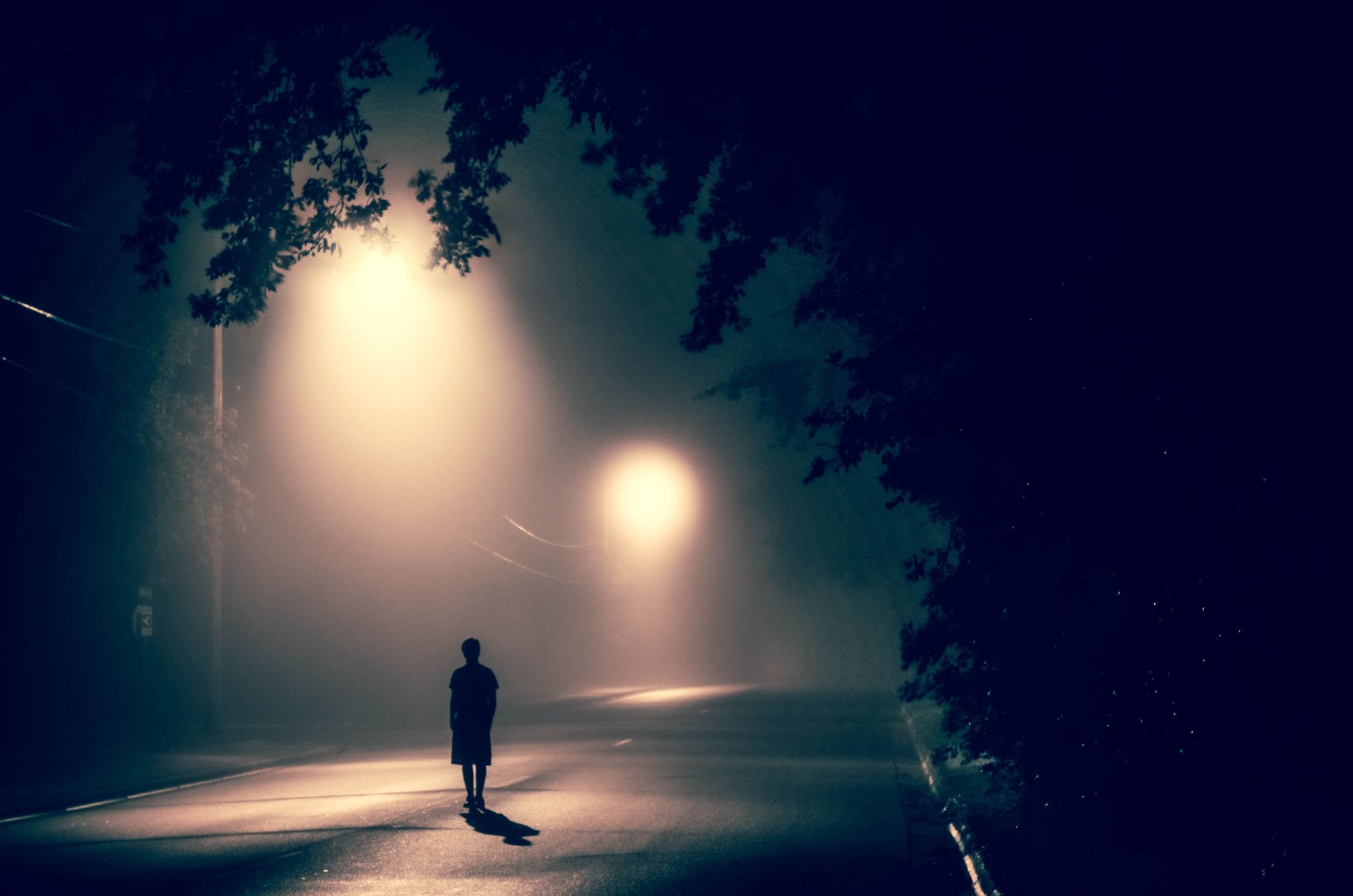One of my favorite musicians, John Prine, passed away a few weeks ago from complications of COVID-19. An evocative lyricist known for his homespun wisdom, Prine had an unparalleled gift for shining light on America’s most vulnerable and marginal communities — from Vietnam vets to disaffected housewives — with tunefulness and decency. I’m always in the mood for Prine, but his song “Hello in There”, featured on his 1971 debut album, hits differently as we mourn losses of this crisis, big and small. The song is a poignant tribute to senior citizens and the complicated emotions of aging in America, effortlessly capturing the challenges of loneliness and social isolation. “The news just repeats itself,” he sings, and “old people just grow lonesome, waiting for someone to say hello in there, hello.” The song never topped our nation’s charts, but its message has never been more newsworthy.
Loneliness has long been a public health crisis in this country, for decades a pervasive, silent killer. Roughly 43 percent of older adults in America felt lonely before coronavirus, and roughly a quarter of people over 65 living independently in their communities are considered socially isolated. A 2019 analysis found that loneliness has “a greater impact on health than obesity, physical inactivity, and air pollution,” and that “lacking social connection is as dangerous as smoking 15 cigarettes per day.” Social isolation is associated with an estimated $6.7 billion in additional Medicare spending annually. Social distancing may flatten the Corona curve, but with it, the loneliness curve continues to sharpen.
“Loneliness,” writes Michael Hendrix, Director of State and Local Policy at The Manhattan Institute, is “an emotional response to a rending of the fabric of American society.” The “movement from agrarian life to industry coincided with a shift away from the family and toward the individual as the basic unit of society and the economy.” The demands of 21st Century life have fractured family life as we once knew it. It is no longer the norm to have multiple generations of a family living under the same roof. Families diffuse across countries and continents, often leaving aging loved ones in the care of nursing homes and other geriatric care institutions.
Luckily, curing our loneliness epidemic does not require a vaccine. As our technologically-driven response to this pandemic proves, we don’t need to live with our elders to maintain strong interpersonal ties. FaceTime will never replace face-to-face interaction, but there are plenty of meaningful ways to connect.
My recommendation? Jump on the bandwagon. If a pandemic is what it takes for older adults in America to get the attention they’ve always deserved, so be it. We’re all lonely right now, and video calls help us feel “just a little bit better.” Chances are, the mere gesture of reaching out will bring a smile to your face. After a year of working with older adults as a social work student, I’ve yet to encounter a boring conversation — it’s hard not to be enriched by the stories of those with triple your life experience. Start a recipe-sharing email thread. Nothing compares to grandma’s apple pie recipe, so it’s really a win-win. Flex your tech-savvy muscles. My dad initiated a digital gin-rummy tournament with his mother (and only regrets it each time she crushes him). Deliver meals and supplies for a local community agency already doing the good work. The U.K. set a nice precedent. When asked for support for their older adults, an army of more than 750,000 volunteered. If you opt out, fine. Just respect designated senior grocery hours. That counts. And if these suggestions sound trite, hear this. Working intimately with this population has taught me that a little goes a very long way. Just being there with someone who is lonely can make a world of difference.
When things return to “normal”, don’t lose this momentum. Just like real viruses, the loneliness epidemic will not dissipate unless we continue to vigorously attack it. The solution is as simple as Prine’s melodies. Begin by saying “hello in there, hello.”
